Aug
22
2013

What does “Under the Sun” mean in Ecclesiastes?
Genesis 1 tells us that the purpose of the sun, moon and stars is to act as kingly governors of the physical realm. They were created at the centre of the Creation Week (Day 4), before Man, yet Man was not to bow down to them.
And beware lest you raise your eyes to heaven, and when you see the sun and the moon and the stars, all the host of heaven, you be drawn away and bow down to them and serve them, things that the Lord your God has allotted to all the peoples under the whole heaven. (Deuteronomy 4:19)
The reason for this is that although Genesis 1 presents Man as part of the physical order, Genesis 2 moves him beyond this to a social order. When Adam perceives that he is without a mate, he is “bowed down,” physically humbled, that Woman might be constructed. Adam’s order would not be like that of the animals. His rule from its very beginning would be “sacrificial.” Men would not bow to the stars (or to idols) but to each other, because all men are images, reflections, of God. Adam was to subdue the physical order and bring it into submission, and yet submit to other men. The sinful reverse of this is the worship of the physical order (which is yet inherent in the scientism of our own age) and the tyrannical subjugation of our fellow men, which is exactly what happened in Genesis 3. Physical, Social, Ethical.
Continue reading
Comments Off | tags: AD70, Covenant Theology, Lampstand, Revelation, Solomon, Tabernacle | posted in Bible Matrix, Biblical Theology, Q&A, The Last Days
Aug
20
2013
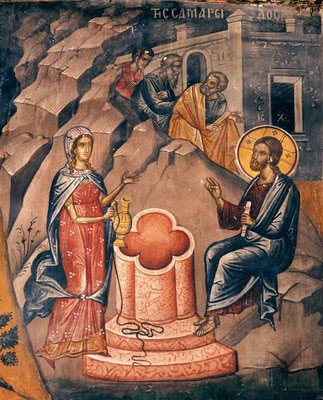 Introduction
Introduction
Recently, I’ve been re-reading Rich Lusk’s Paedofaith: A Primer on the Mystery of Infant Salvation and a Handbook for Covenant Parents. This reading was with the intention of blogging through it and dealing with the main points, as is the helpful practice of Doug Wilson with certain books.
The problem is that Lusk makes some enormous, illogical and unbiblical assumptions in his preface and introduction, and these assumptions are based on arguments found elsewhere.
Continue reading
Comments Off | tags: Baptism, Federal Vision, Peter Leithart, Rich Lusk | posted in Biblical Theology
Aug
19
2013

We are still in the Covenant Ethics section of Galatians. Not having looked too far ahead, I’m not yet certain of the overall structure of this section. So until this becomes clear we will stick with the secondary cycles. I have no doubt that the structure will become clear in hindsight, because it always does.
Continue reading
Comments Off | tags: Abraham, Baptism, Circumcision, Covenant Theology, Fractals, Galatians, Paul | posted in Bible Matrix, Biblical Theology, The Last Days
Aug
18
2013
Comments Off | posted in Biblical Theology
Aug
13
2013
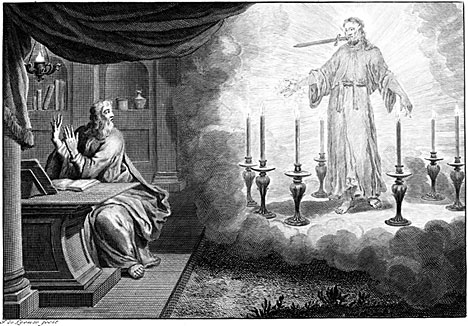
“We come as those who receive first and then, second, only in reciprocal exchange do we give back what is appropriate as grateful praise and adoration.”
The next excerpt from the condensed version of Jeff Meyers‘ The Lord’s Service. You might start to see the “head and body” Bible Matrix pattern beginning to show through here…
Continue reading
Comments Off | tags: Communion, Covenant Theology, Ecclesiology, Jeff Meyers, Worship | posted in Bible Matrix, Quotes
Aug
11
2013
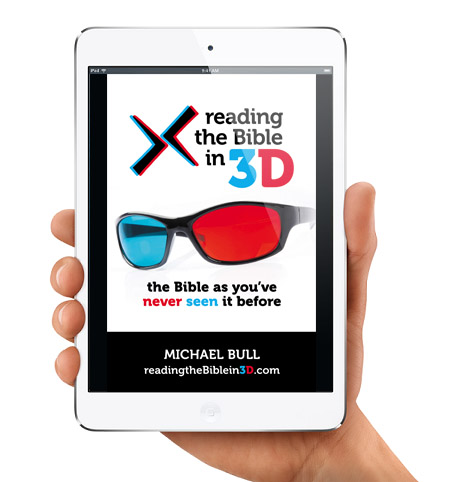
For most people, reading the Bible is like watching a foreign movie with no subtitles. The keys to understanding the book are hidden in plain sight, but we haven’t been trained to see them.
Continue reading
3 comments | posted in Bible Matrix, Biblical Theology, Reading the Bible in 3D
Aug
10
2013
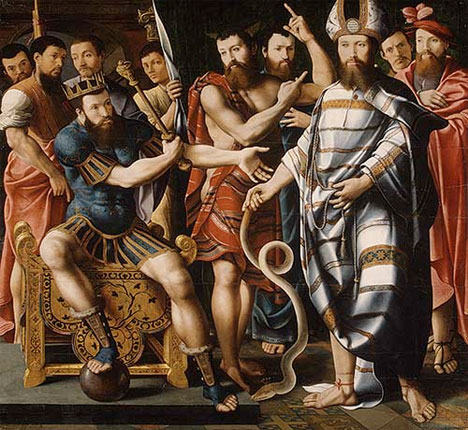
Paul’s Numbers
We have arrived at what appears to be the center of the epistle, which would be Testing (in matrix terms), the “opening” of the Law (Ethics 2 in Covenant terms) and “purification” (in sacrificial terms). And, being at the centre of the book, this part is the Apostle’s main argument, or thesis. Just as Christ and the coming of the kingdom in His sending of the Spirit are found at the centre of Covenant history, so the transformation by fire of the Levitical priesthood into a fragrant Bride are at the centre of Galatians.
Continue reading
Comments Off | tags: Baptism, Galatians, Numbers, Paul, Ray Sutton | posted in Bible Matrix, Biblical Theology
Aug
8
2013
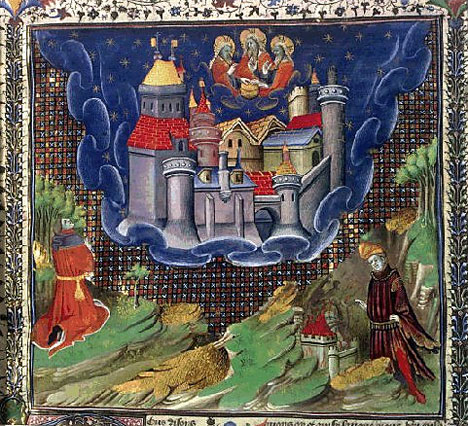
“But now they desire a better, that is, a heavenly country. Therefore God is not ashamed to be called their God, for He has prepared a city for them.” (Hebrews 11:16)
The narrative of the Bible is fairly linear until we get to the kings. But once we hit the prophets the Scriptures turn into a box of puzzle pieces. The literature of the kings used Mosaic symbols to a certain degree but the prophets took all the concrete things we learned from the priests and kings and used them to make amazing promises that never quite materialized. Or did they?
Continue reading
3 comments | tags: AD70, Millennium, New Jerusalem, Postmillennialism, Revelation 20 | posted in Bible Matrix, Biblical Theology, The Last Days
Aug
7
2013
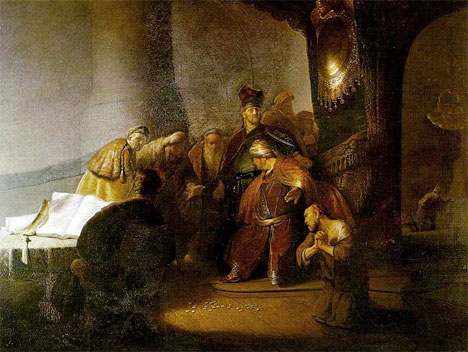
Covenant Structure in Zechariah 11
“The meek will eventually inherit the earth but the wicked will always have to buy it.”
Reading the book of Zechariah, like most Bible prophecies, is like tuning in to Season 3 of any good TV series without watching Seasons 1 and 2. Our problem today is not that we haven’t actually read the books of Moses (well, I hope we have) but that we haven’t been taught to read them into the prophets and the New Testament. We treat them like we’ve now switched channels, or shows, and the authors are starting with a blank canvas! However, the canvas isn’t blank. The prophets were God’s repo men, and their messages were all framed in the context of the Covenant contract. What amazes me is how inventive the prophets are (or the Spirit is) in coming up with something new and surprising using the patterns laid down in Moses.
Continue reading
Comments Off | tags: Acts, Esau, Herod, Judas, Literary Structure, Matthew, Minor Prophets, Passover, Pharaoh, Zechariah | posted in Bible Matrix, Biblical Theology
Aug
6
2013
 Concerning James Jordan’s “maximalist hermeneutic,” Ros Clarke writes:
Concerning James Jordan’s “maximalist hermeneutic,” Ros Clarke writes:
In order to begin to grasp the depths of meaning contained within the text of the Bible, we need to become more like its ancient readers. For Jordan this involves becoming more alert to the kind of literary structures and devices that shape the text. He also notes that the Bible was originally intended to be heard, rather than read silently, and that this would promote greater awareness of the patterns and meanings of the text:
Continue reading
3 comments | tags: Greg Bahnsen, James Jordan | posted in Biblical Theology, Quotes



































